Future of No-Code Bright, but Challenges Remain
Matt Coatney, CIO, Thompson Hine LLP & Technology First Board of Directors
Several years ago, I led professional services for a data analytics no-code/low-code company. We built cutting-edge solutions for healthcare, life sciences, finance, and more using our trailblazing platform.
There was one problem though. Consulting was a great revenue stream, but business wants the recurring revenue of licensing and “citizen developer” self-service. But no matter how much we tried to convince companies they could build applications with our tool, inevitably they would lean back on us instead.
I call this the Development Gap: the gulf between organizations’ application needs, the availability and technical sophistication of their business teams, and the state of no-code platforms. The gap is still too wide for the average company to get real, transformative benefit from these tools., But I remain optimistic in the long run.
There is a lot of hype around products like Microsoft PowerApps that promise “anyone can build an app.” I recently surveyed the landscape, tried out several tools, and admittedly walked away disappointed. Most tools approach the space in a similar way and focus on basic use cases: form data entry, editable lists of items, and dashboards. While you can create some useful apps with those building blocks, it is not much more than a glorified online spreadsheet with a few more bells and whistles.
But if you want to make an immersive application experience? Forget about it. Even something as simple as uploading a file and performing an action in real-time proved difficult in these platforms. In many cases, the user must write code to accomplish more than trivial use cases, and we are right back where we started. Non-developers are either overwhelmed by the interface or stymied by limited functionality, and developers will not use the tools because, well, they love to write code.
So why am I still optimistic? For one, the market demand has increased significantly, and investment dollars have followed. Plus, with several large players pushing into this space, I expect significant improvements over the next five years in user interface design, reusable component libraries, and AI-enabled automation. Additionally, as younger tech-natives enter the workforce, they are more attuned to how software works, and while they are not developers, they often have a better grasp of data and business logic.
In the meantime, what can you do to help bring innovative applications to your organization more quickly (the promise of no-code)? One way is to leverage more mature self-service platforms for targeted use cases, especially in the area of data reporting and dashboards. Your development teams can also spend more of their scarce time building platforms to support rapid development and self-service, rather than bespoke business unit solutions. And development teams can also further embrace agile iterative development with shorter cycle times, which ultimately bring product to market quicker.
These steps will help you advance innovation initiatives while we all wait for the Development Gap to get just a bit narrower.

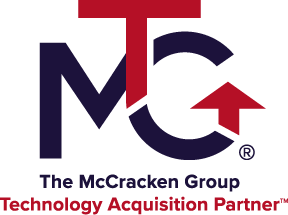

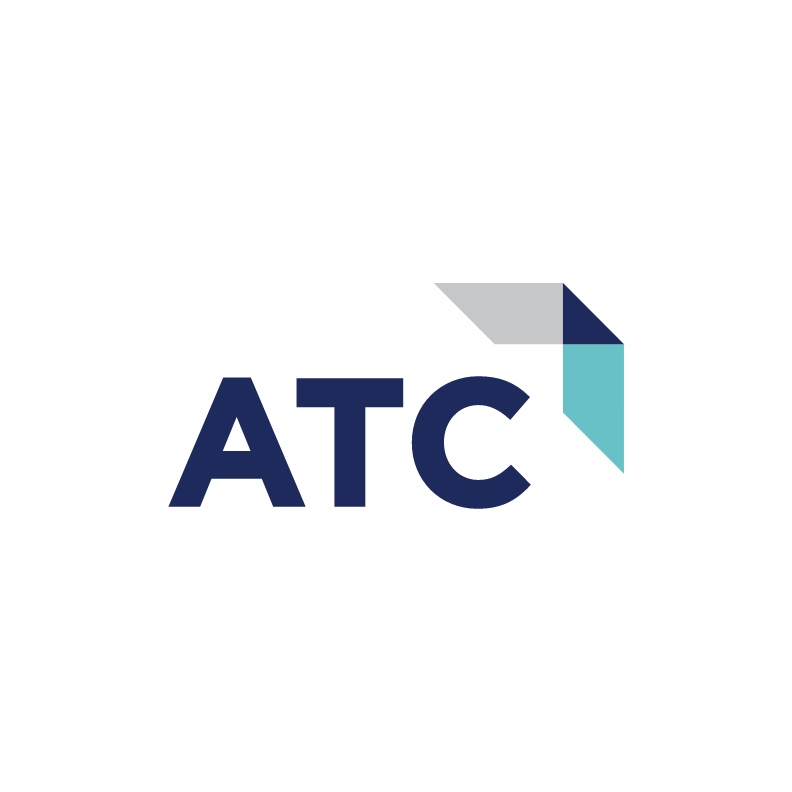
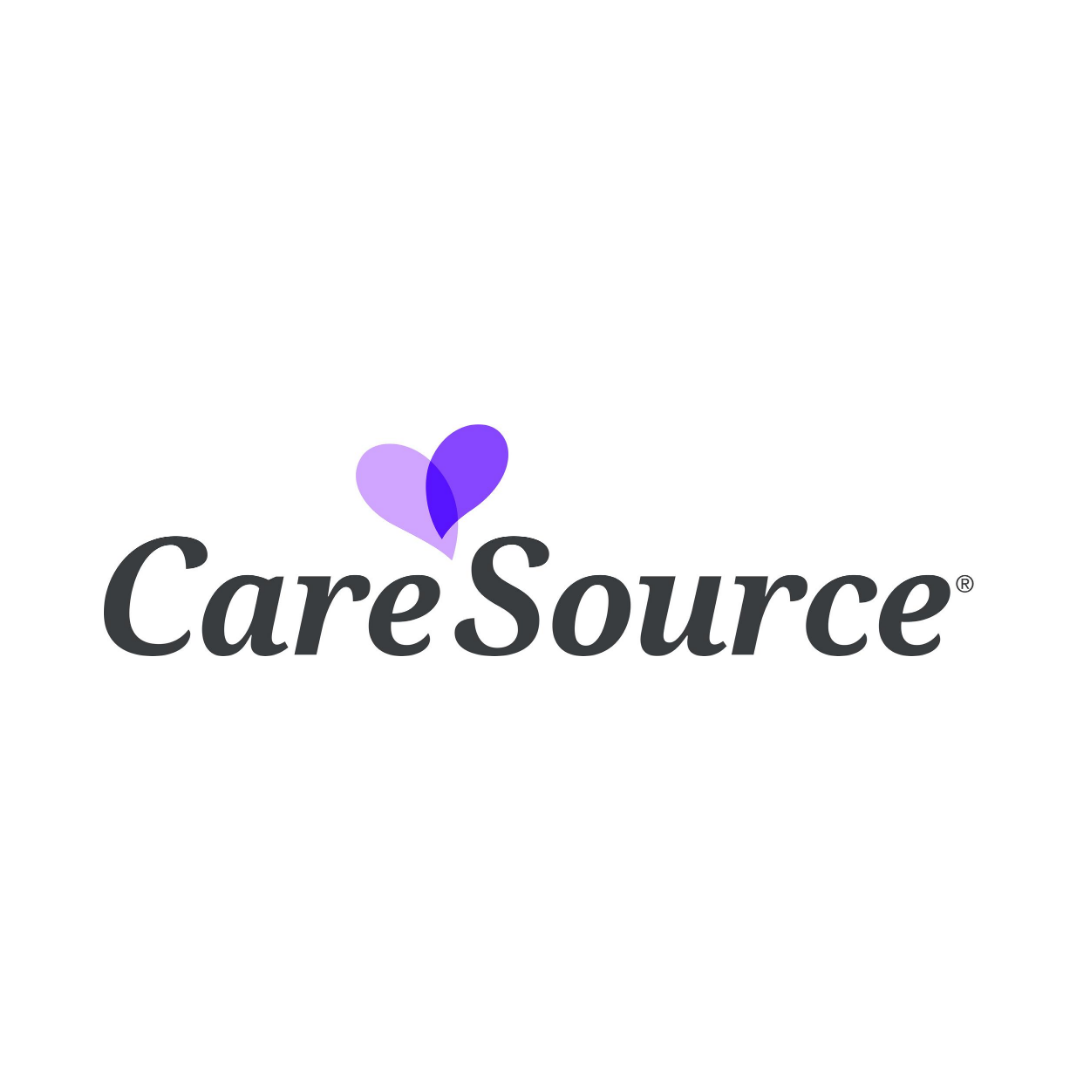


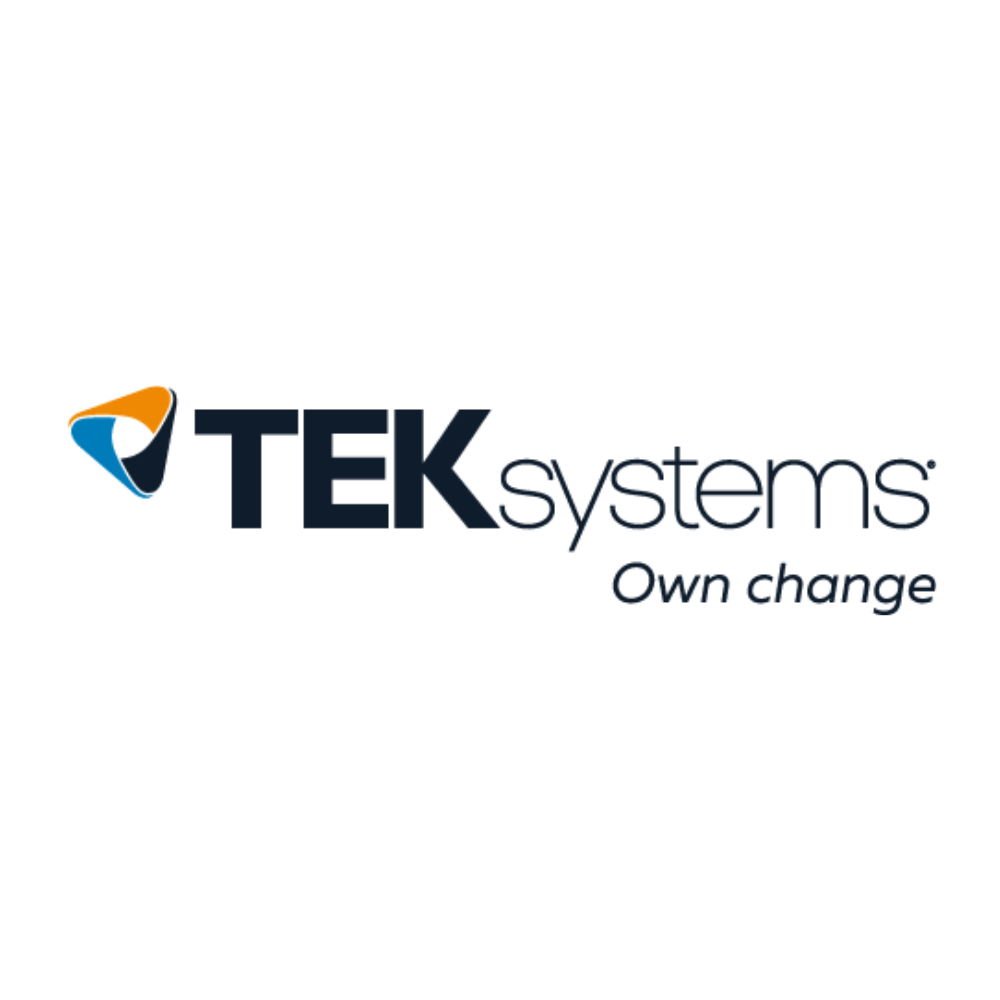
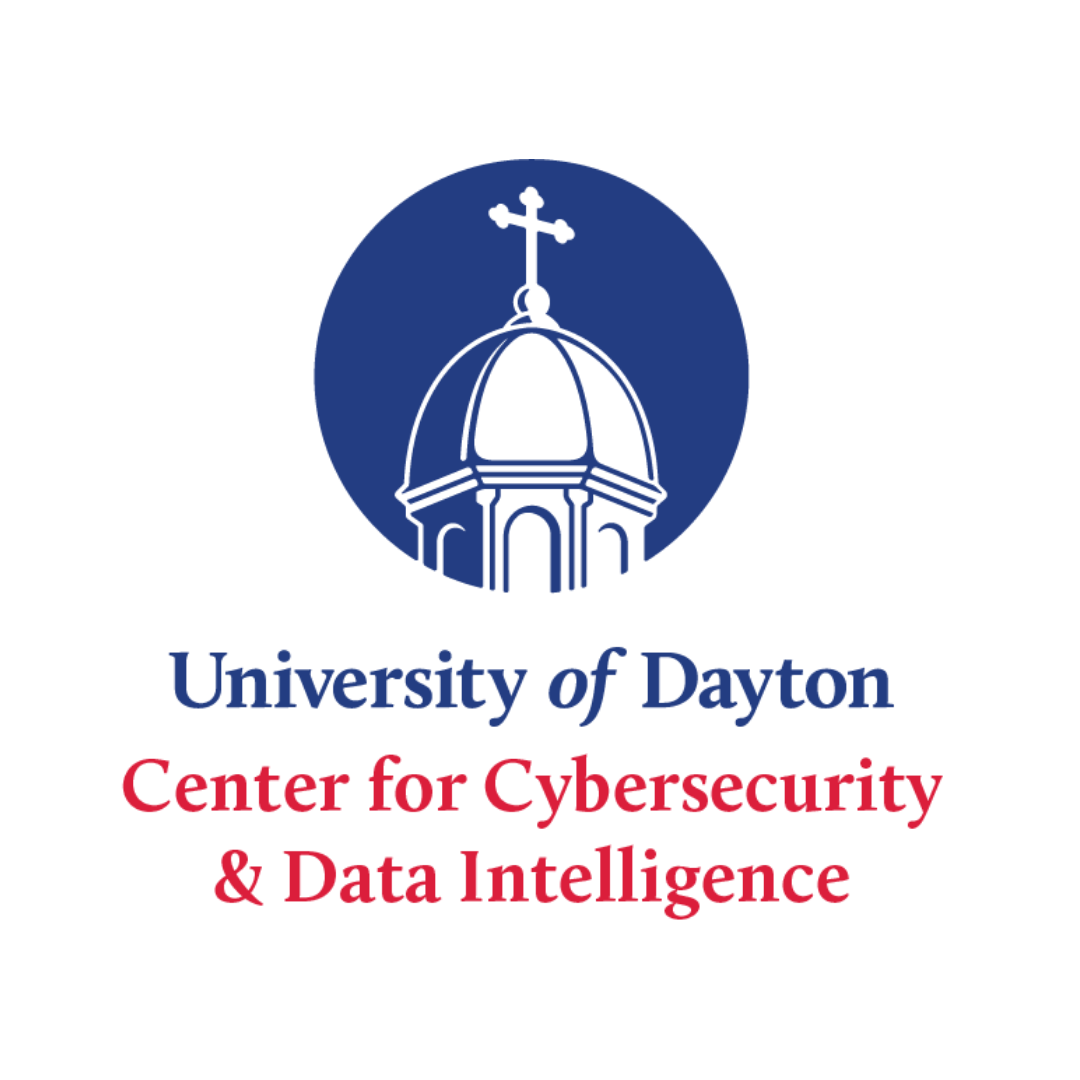
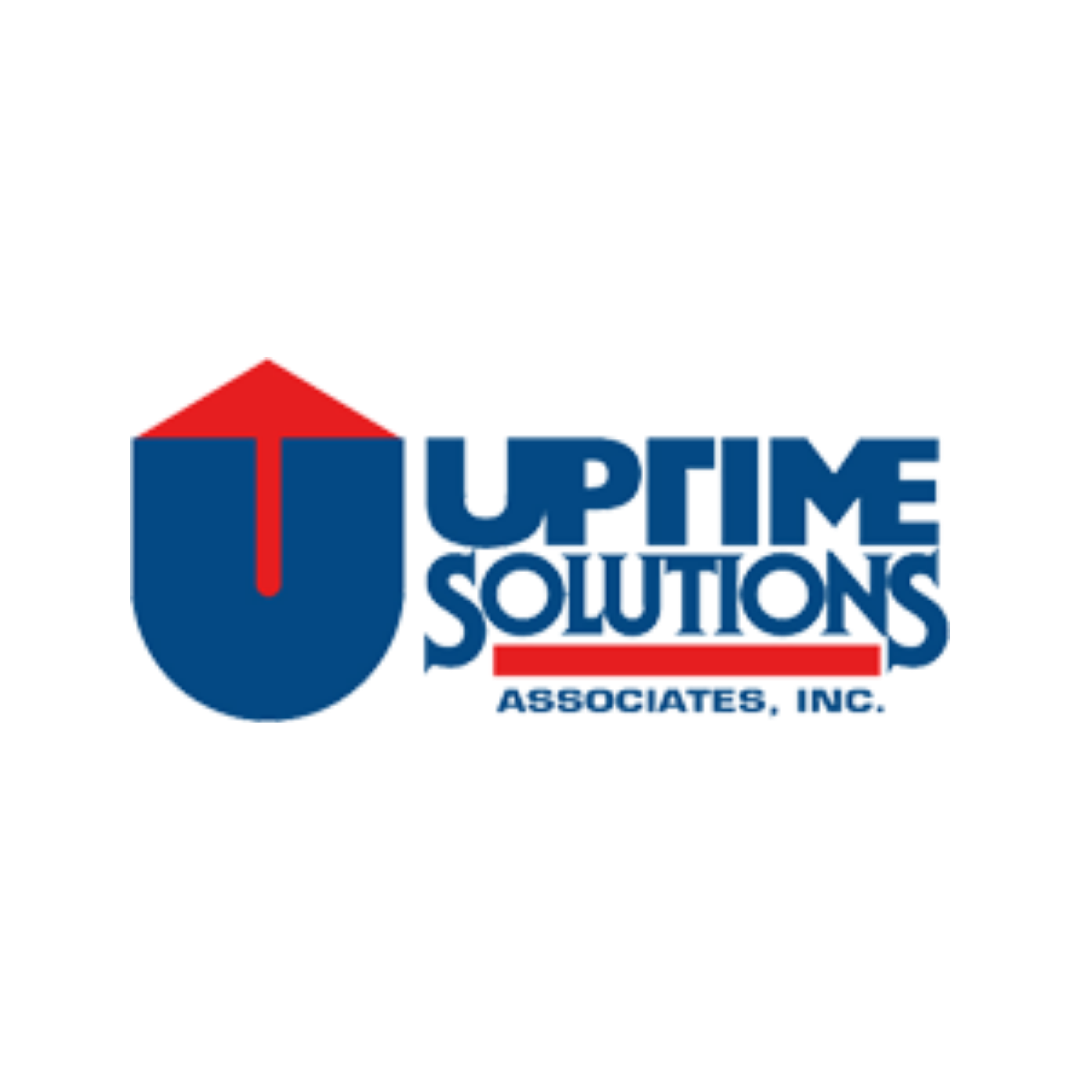




.png)


